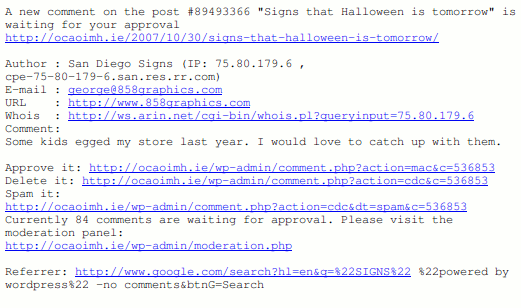A few people stumbled across a strange bug in WP Super Cache. If your index.php was cached by the plugin then feeds or other pages that hadn’t been cached would show the front page!
A simple way to fix this is by adding “index.php” to the list of rejected URIs, but then it won’t be cached at all. This release fixes the problem but also allows index.php to be cached by the WP Cache engine, much better than excluding index.php completely.
Also included is a new feature that inserts your rewrite rules in a new .htaccess block. That will stop WordPress overwriting the rules after doing an upgrade, or after changing permalinks. The plugin won’t update your .htaccess if it finds the rules already in the “WordPress” section, but if you visit your permlinks options page and hit “Save Changes” the plugin rules will be deleted. Go to the WP Super Cache admin page where you can update the rules again. They’ll be inserted in a “WPSuperCache” block above the WordPress rule block.
If all that seems a bit technical, just go to your permalinks options page and hit “Save Changes” without changing anything, then update your rewrite rules on the Super Cache options page!
Go grab the plugin from the usual place.
I never saw this obscure problem because I redirect hits to /index.php to / using this mod_rewrite rule and php code. This used to help avoid duplicate content rules but I think Google is smarter now. It probably will help reduce pagerank dilution because all requests will go to one homepage url, rather than two.
.htaccess:
RewriteRule ^index\.html / [R=301,L]
wp-config.php:
if( $_SERVER[ 'REQUEST_URI' ] == '/index.php' ) {
header( "Location: http://ocaoimh.ie/", 301 );
die();
}
Thanks to Dax (NSFW text) who figured out the problem with index.php caching.




